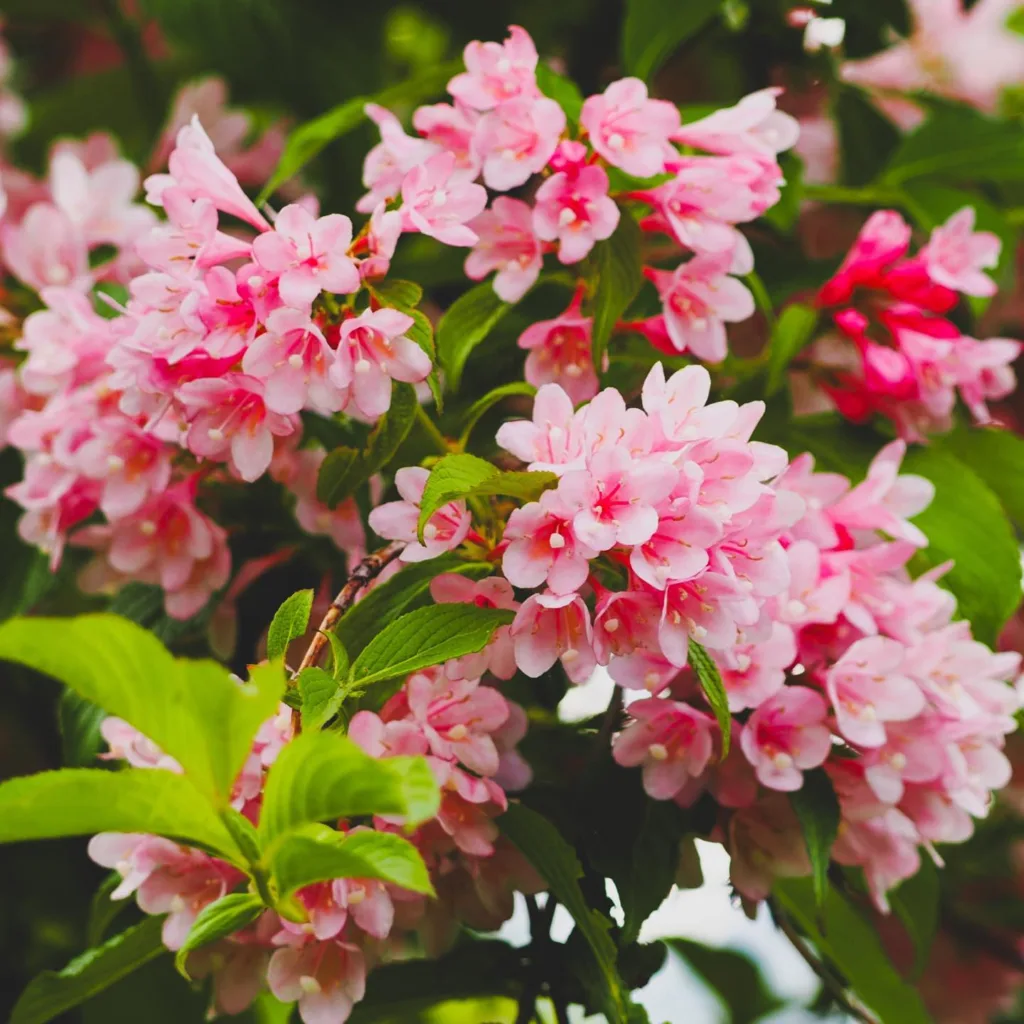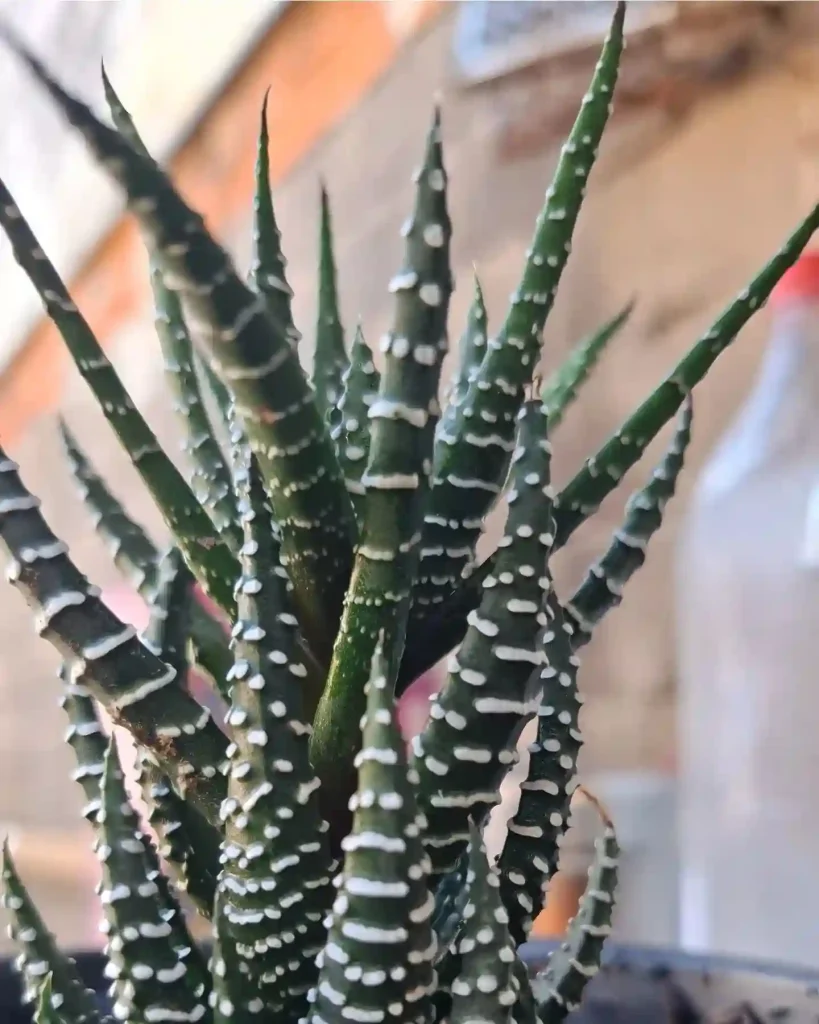
15 Species in Genus Epipremnum – Pothos
How to care for Epipremnum pinnatum?
Here’s a guide on how to care for your Epipremnum pinnatum:
Light:
- Epipremnum pinnatum prefers bright, indirect sunlight. Avoid strong direct sunlight, which can scorch the leaves. It can tolerate lower light conditions but may grow slower and have less variegation in its foliage.
Watering:
- Water moderately, allowing the top inch of soil to dry out slightly between waterings. Overwatering is a major threat to Epipremnum pinnatum. Here’s how to check moisture: Stick your finger into the top inch of soil. If it feels dry to the touch, it’s time to water.
Soil and Drainage:
- Well-draining soil is essential. A good quality potting mix formulated for aroids or indoor plants works well. You can also create your own mix using:
- Potting soil
- Perlite
- Orchid bark (optional)
- Ensure your pot has drainage holes to prevent waterlogging.
Fertilizing:
- Fertilize sparingly during the growing season (spring and summer) only. Apply a balanced liquid fertilizer diluted to half strength once a month or a slow-release fertilizer formulated for houseplants according to package instructions.
- Avoid overfertilizing, as it can damage the roots.
Temperature and Humidity:
- Warm temperatures between 60-80 degrees Fahrenheit (15-27 degrees Celsius) are ideal. Protect your plant from cold drafts and sudden temperature fluctuations.
- Moderate humidity is beneficial. While it can tolerate average household humidity levels, dry air can cause brown, crispy leaf edges. You can increase humidity by:
- Misting the plant occasionally with lukewarm water (avoiding the center of new growth)
- Using a pebble tray filled with water (ensure the pot sits above the water level)
- Grouping your Epipremnum pinnatum with other humidity-loving plants
- Using a humidifier
Pruning and Support:
- Pruning is not strictly necessary but can be beneficial for several reasons:
- Maintain size and shape: Prune regularly to control the length of vines and encourage bushier growth. Use sharp, sterilized pruning shears.
- Propagation: You can use stem cuttings from pruning to propagate new Epipremnum pinnatum plants.
- Epipremnum pinnatum is a vining plant. You can allow it to trail freely or provide support for it to climb, such as a moss pole or trellis.
Additional Tips:
- Wipe the leaves occasionally with a damp cloth to remove dust and improve light absorption. Avoid harsh chemicals or cleaning products.
- Epipremnum pinnatum is a relatively fast-growing plant.
- Watch out for common houseplant pests like mealybugs and spider mites. Neem oil solution or insecticidal soap can be used for control if needed.
By following these steps, you can create a thriving environment for your Epipremnum pinnatum and enjoy its beautiful foliage for a long time! Remember, the key things are well-drained soil, allowing the top inch of soil to dry out slightly between waterings, avoiding overwatering, and providing moderate light. Epipremnum pinnatum is a forgiving plant that can tolerate a wide range of conditions, but these tips will help it flourish.
How to propagate Epipremnum pinnatum?
Propagation of Epipremnum pinnatum can be done through stem cuttings:
- Take a cutting from a healthy stem, ensuring it has at least a few nodes.
- Place the cutting in water or directly in moist potting soil.
- Keep the cutting in a warm, humid environment with bright, indirect light.
- Roots should develop within a few weeks, after which the cutting can be potted in soil.
Is Epipremnum pinnatum a Pothos?
Epipremnum pinnatum is commonly referred to as a pothos, but it is technically a separate species within the same family (Araceae) as pothos plants.
Is Epipremnum pinnatum a Monstera?
Epipremnum pinnatum is not a Monstera; they are two different plant species. While they may share some similarities in appearance, such as aerial roots and vining growth habits, they belong to different genera.
Is Epipremnum pinnatum toxic to cats?
Epipremnum pinnatum is considered mildly toxic to cats and dogs if ingested. It can cause irritation and gastrointestinal upset. It’s best to keep pets away from the plant to prevent accidental ingestion.
Epipremnum Pinnatum vs Aureum
Epipremnum Pinnatum and Epipremnum Aureum, although often confused due to their resemblance, are separate species with varying leaf shapes and growth habits, making it essential for plant enthusiasts to differentiate between these two captivating vines.
Epipremnum Pinnatum vs Rhaphidophora Decursiva
Pinnatum and Rhaphidophora Decursiva, while resembling each other in their fenestrated leaf patterns, can be distinguished by their shades of green and leaf arrangement, offering enthusiasts a chance to appreciate the subtleties that set these tropical vines apart.
If i die, water my plants!



